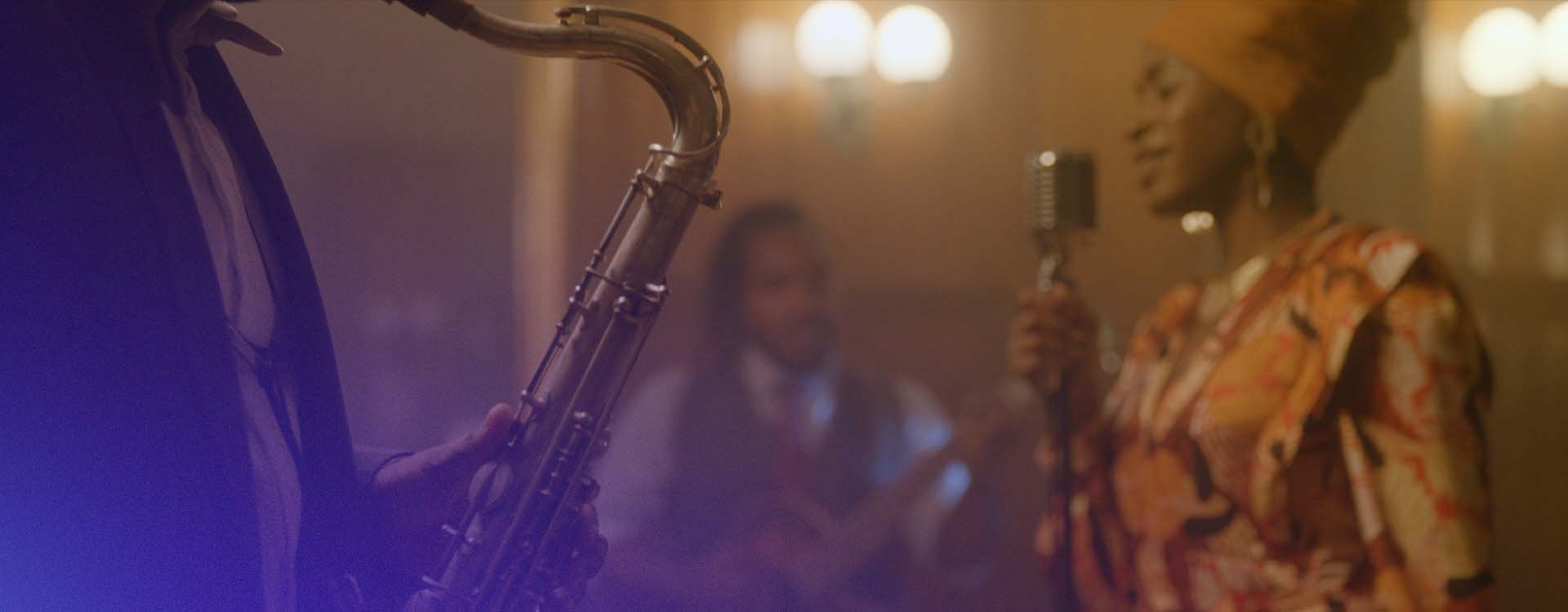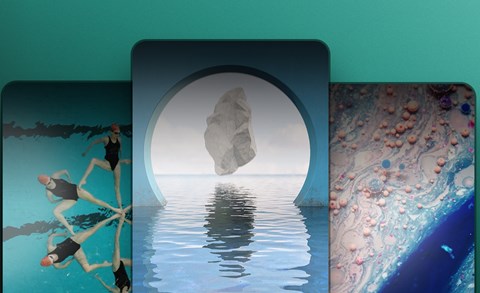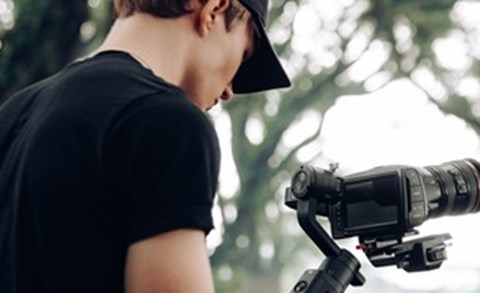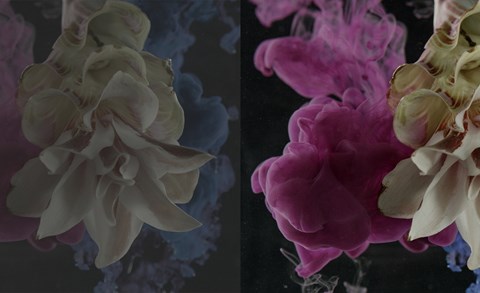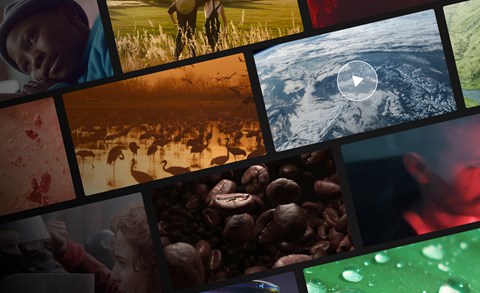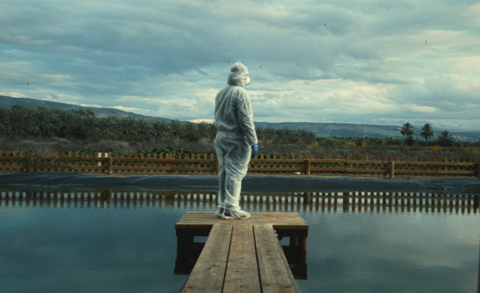Shooting a music video is a creative process, so it's no wonder that you might get lost in creativity. We are here to help and want to provide you a step-by-step guide for making a music video that will bring some structure to your chaos.
1. Brainstorming & mood board
Your first step and necessity are to listen to the song. Put it on a loop, grab a piece of paper and a pen and start writing down things that come to mind when you hear the music. You can do it as a simple list or a mind map - whatever works best for you. Try to think of different aspects like a story, occurring feelings, colors, effects that you want to use, etc.
When you are done with that, start working on a mood board for the video. Open up a writing or presentation program on your laptop and browse through the internet to find fitting images or stills.
Like the word itself says: you want to catch the mood of the video. For you, your vision, your artist or whoever is involved in the production. I like to browse through shotdeck.com and watch other music videos to get inspiration.
2. Concept & shot list
Now we need to dive deeper into the production. To put together a concept, you should look for a conclusive design: don't just write on a white background. Get creative. You want to sell your vision and work to your client. Once you know how you want to design your concept, start with writing a music video summary. Don't go into too many details but also don't let the story be too flat. Look back at your mind map to remind yourself what is essential.
After that, you can insert your mood board and the locations you want to use. Depending on the production, maybe you already have exact addresses of locations, or perhaps you are just writing down general places like "swimming pool."
Continue with your shot list. Make it a chart with written descriptions, or you can use stills from movies or music videos. Choose a form that works best for you or the people involved if you work in a team. Here is a simple example of a shot list:
|
Shot # |
Action |
Shot Type |
Lens |
Movement |
|
1 |
walking down the street |
wide shot |
16mm |
dolly zoom in |
|
2 |
looking angry into the camera |
extreme close up |
100mm |
tripod |
|
3 |
running on a track field |
medium |
24mm |
gimbal |
If you work in a larger team, I would recommend also using a storyboard and a call sheet.
The storyboard could be positioned after the mood board in your concept, which depicts every single scene drawn out. The call sheet can be at the end of your concept or delivered separately. Here you put down the necessary information for your crew regarding your shooting day. You can find some good examples in your Google search.
3. Crew
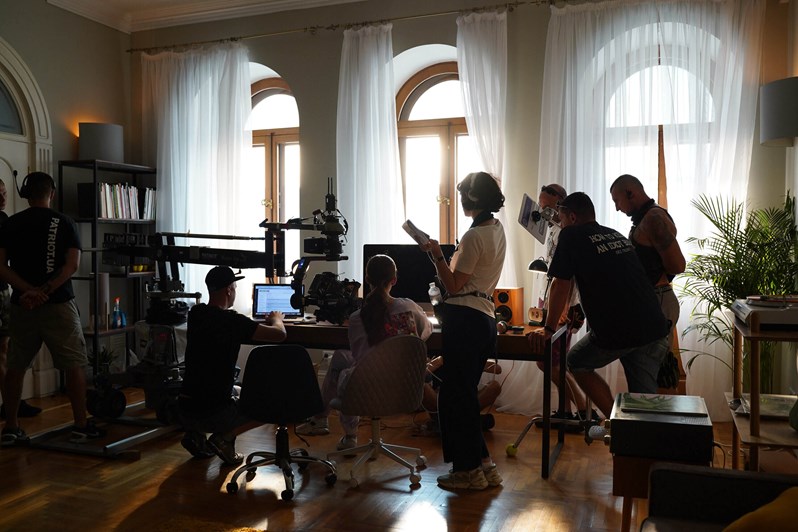
As we all know: teamwork makes the dream work. So try to find a crew that consists of people you feel comfortable working with. Look at the skill set and match it with yours. Maybe they can bring something to the table you can't do on your own.
For this example, I will look at a medium-sized music video production. For that, you will need a director, producer, DoP, 1st AC, gaffer and 1-2 runner.
4. Equipment
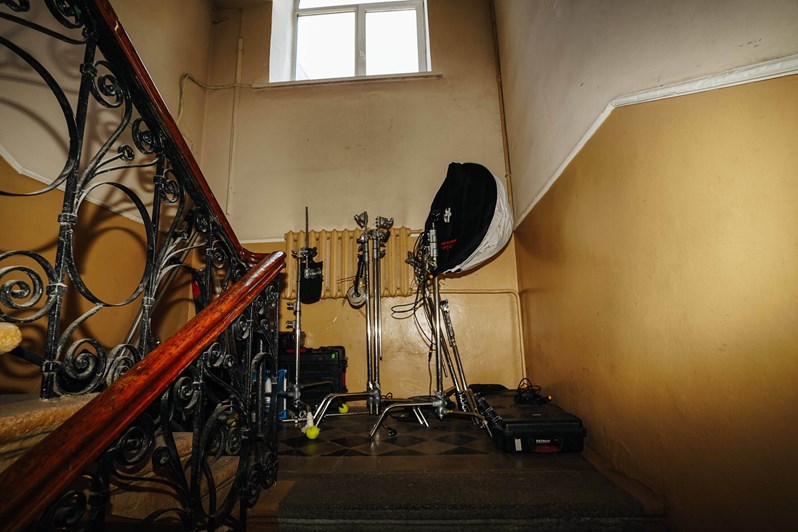
This one purely depends on your budget, your own equipment and your DoP, who sometimes have their own camera. My rule is to keep it simple: choose a camera you feel most comfortable with and choose 2-3 lenses you want to work with. But again, it depends on your concept. Do you need a gimbal, tripod, or a dolly? Plan carefully and don't forget anything.
I personally use the Blackmagic 6K pro paired with my all-time favorite lens, the Sigma 18-35mm + a pro mist filter on top. I shoot handheld most of the time, and for some movements, I use the Ronin-s gimbal. For bigger shoots, I rent out different cameras and lenses, but it all depends on the vision and the budget.
Regarding lighting, take my advice and don't skimp on your light. Talk to your gaffer to be clear on your vision and choose a variety of different lights.
Read more about it in my article about essential equipment for music videos.
5. Props
As we are all camera nerds here, we tend to forget about a crucial topic: the props.
With props, your video can really stand out from the crowd. Be creative and see what is fitting and possible, like a vintage couch, fireworks, a burning guitar or an old-school telephone.
6. Shooting day

If you did your pre-production right, you don't need to worry about anything. It is normal to be a bit nervous, but don't let the mild stress get to you. Keep in mind and be prepared that during every shooting day, there will be some hiccups. Don't panic and work solution-oriented. Your well-done pre-production will be the spine of the day so trust in your work. And most importantly, have fun and be creative.
7. Post-production
If you don't have an editor on your team and you will do the editing yourself, most importantly: back up all your files! Even if you're tired after your shooting days, stay focused on this task.
If you have saved your files and backed them up, sort them by your shooting days (if you had more than 1), and after that, start sorting them depending on the locations.
The next step will be to synchronize your performance shots with the provided song.
Use your b-roll shots to enhance your music video. Royalty-free stock footage platforms can be excellent sources of video content for music videos, as well as provide inspiration.
If fitting, use some nice effects and color grade the video to your liking. Last but not least, put the song's title at the beginning of the video and put the credits at the end.
Wrap up
I hope this short overview guideline will help you stay on track in planning and shooting your music video. Aside from the structure, it's important to have fun during your work, as we all chose this career to make a living out of our passion.
About John
John Richter is a directing DP and editor based in Berlin. His main work focuses on music videos and commercials. He has worked with many well-known artists and brands all over the world. Whenever he travels, he brings along his camera to film stock footage for Artgrid.
Feel free to check out his website: www.john-richter.com or his Instagram.
